Simple and intuitive to use, automatic angle compensation, lightweight and compact, and priced well below what you would expect, this all-new rangefinder is the rifle and bowhunter’s new best friend.
by Yok Re
Rangefinders aren’t the sexiest tools in our hunting and shooting arsenals, but they certainly can be one of the most important. As we employ better equipment capable of extending our lethal shooting ranges, the ability to accurately determine distance has become increasingly critical.
Take the modern inline muzzleloader as an example. Not so long ago, muzzleloader hunters generally limited their shots to 75-100 yards. The incorporation of precision bullets, sabots, and improved ignition designs combined with high-quality barrels have now pushed that lethal zone beyond the 200-yard mark for the average shooter. Yet in spite of their new long-range fame, muzzleloaders still lack the flatter trajectories typical of high-powered centerfire rifles. That means bullet drop compensation is a vital consideration if you plan on pushing your frontloader to its limits. And the first step to that end is being able to accurately gauge distance.
The same holds true for high-powered centerfire rifle setups. More and more hunters are taking a sophisticated approach to their shooting by adding BDC reticle scopes to their firearms. That’s great if you are looking to extend your long-range accuracy, but a BDC reticle scope will never allow you to reach your setup’s potential if you cannot accurately range your target.
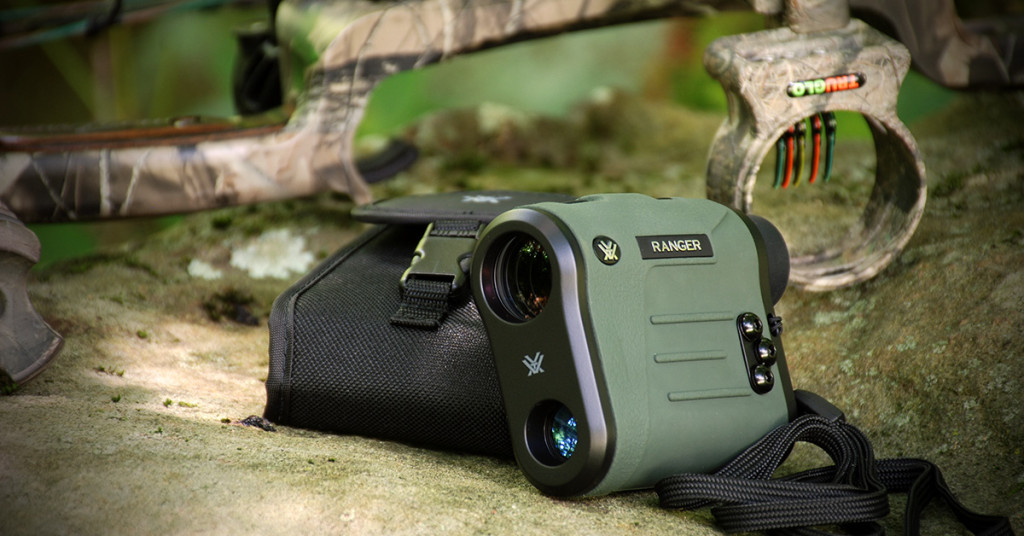
Accurate ranging is also essential for bowhunters who have developed their shooting skills to extract the long-range capabilities of today’s lightning-fast bows and small-diameter shafts. In open-range western environments, serious bowhunters now set 60, 70, even 80 yards as their outside limit. But as practiced long-range archers know, ten horizontal yards can equate to a significant drop in an arrow’s trajectory at those longer distances. Here again, the importance of accurate ranging is the difference between making a quick and ethical kill and making dust.
Ranging Made Easy
Recently, we had the opportunity to test a new rangefinder that proved ideal for all of our hunting needs—centerfire rifle, muzzleloader, and bow. It’s the Ranger 1500 by Vortex Optics. What we like most about the Ranger 1500 is that it is simple to use, takes all the guesswork out of angle ranging compensation, and is priced well below competitive rangefinders boasting similar advanced features.
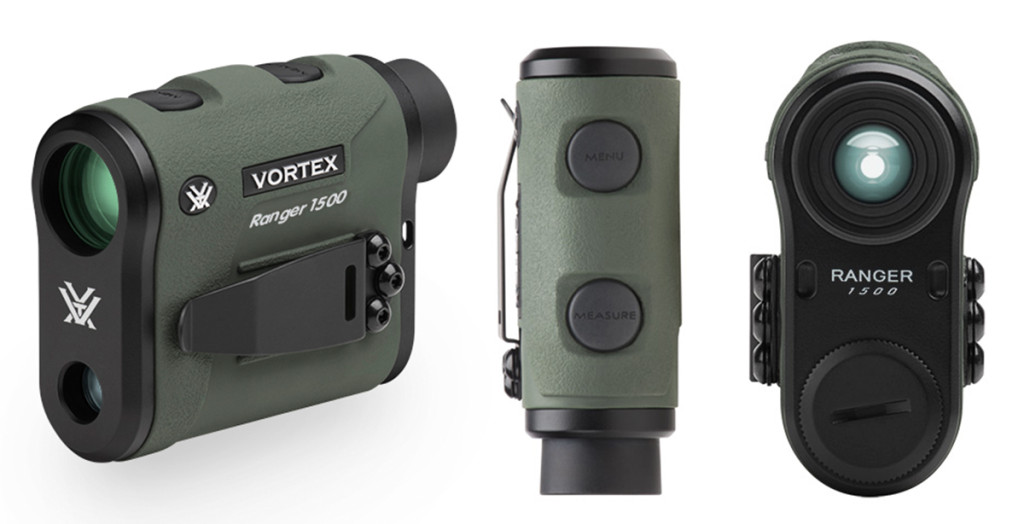
As its nomenclature implies, the Ranger 1500 has a maximum reflective range of up to 1,500 yards and a non-reflective range of 750 yards, with an accuracy variant of +/- three yards at 1,000 yards. That covers the shooting capabilities of 99.999 percent of hunters out there. Measuring 3×3.9 inches and weighing a scant 7.7 ounces, this is a discreet, non-obtrusive unit that you can clip to your clothing, slip inside a pocket, or hang conveniently around your neck with the supplied lanyard for quick and easy access. The Ranger 1500 also comes with a sturdy nylon belt pouch that secures with a quick-release buckle. The unit is protected by a rugged, no-slip rubber armor coating, and utilizes O-ring seals to prevent water and dust intrusion.
The objective lens diameter is a generous 22mm. Focusing comes by way of a rotating diopter lens. Optical quality is remarkably clear and bright, with good edge-to-edge clarity from the fully multi-coated lenses and no noticeable chromatic aberrations that we could detect. At 1,000 yards, the linear field of view is a comfortable 315 feet. Combined with its 6X magnification, the Ranger 1500 provides quick target acquisition in all hunting environments and across the ambient light spectrum.
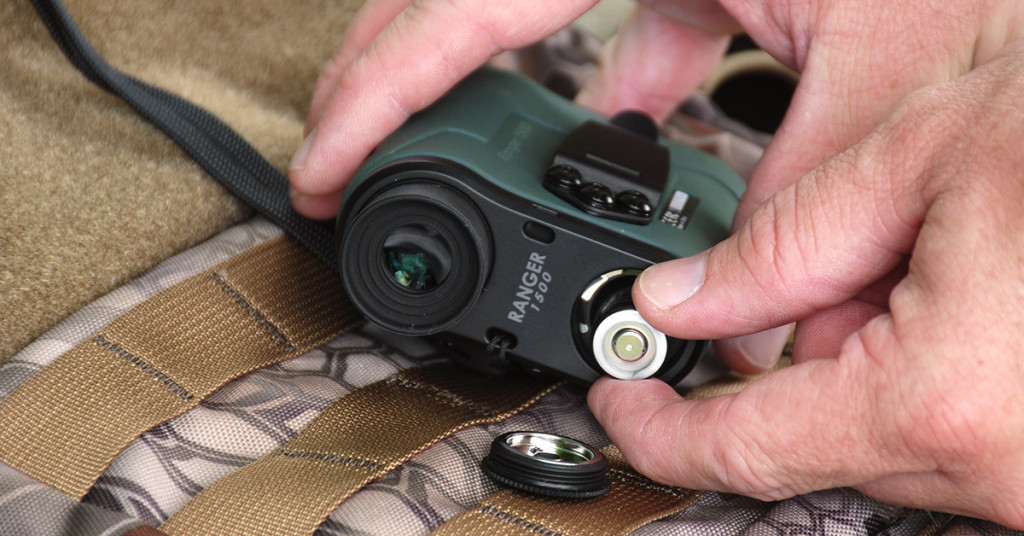
Two buttons conveniently located atop the unit make up the user interface—one is for ranging and the other accesses the menu. These two buttons work together to allow you to set your functions through the simple and intuitive menu (another feature we really appreciate).
Basically, there are only three settings to establish on the Ranger 1500. The first setting lets you choose between LOS (line of sight) or HCD (horizontal component distance).
Any Distance, Any Angle
LOS is simply the linear distance between you and the target, irrespective of elevation angle. When in this mode, the Ranger 1500 displays the distance to the target and the inclination in degrees (+ or -). The LOS mode is primarily for use by shooters who are using bullet drop compensation data (cards, apps, etc.) and shooting at distances in excess of 500 yards at inclinations greater than +/- 15 degrees. As such, this mode does not calculate ballistic correction for slope.
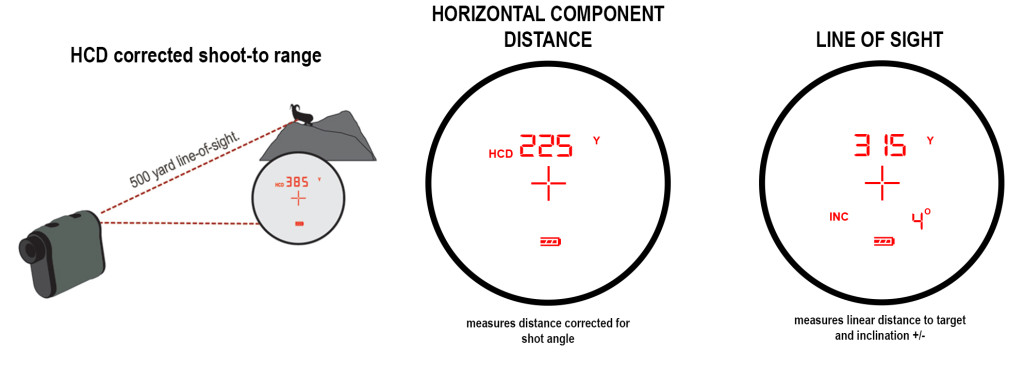
The HCD mode is what most hunters (rifle and bow) will use, and it is intended for level ground (any range), slopes less than 15 degrees (up to 800 yards), and slopes from 15-30 degrees (up to 400 yards). When in the HCD mode, the Ranger 1500 displays the CORRECTED yardage for your shot angle. Simply range your shot and the displayed distance is the distance you use to calculate your shot based on the appropriate ground level bullet drop (as you zeroed your rifle at the range and determined BDC per your reticle or compensation table). If you are a bowhunter in a 20-foot treestand, for example, and the HCD range displays 30 yards, then you would use your 30-yard pin to make the shot—no elevation adjustments necessary.
That’s the kind of simplicity we like in our hunting gear.
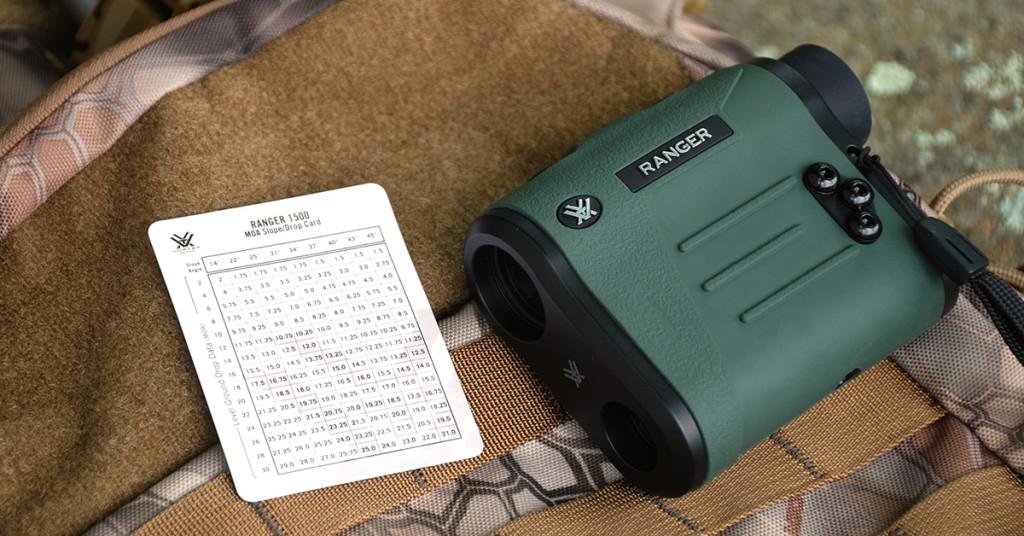
Part of the ranging capabilities of the Ranger 1500 is its integrated “Scan” mode. While you can get your range in LOS or HCD modes by centering on your target and depressing the “measure” button, ranging a small target at long distance with one push of a button is not always easy. By keeping the ranging button depressed, you can scan back and forth across your target to get instant yardage readings. When the rangefinder’s crosshairs pass over your target, you can observe the distance in the display. This scan mode is also good for use on moving targets.
The second setting on the Ranger 1500 allows you to select your distance displayed in yards or meters. That’s a convenient option that lets you match your preferred BDC system.
Finally, there is the display brightness setting. The Ranger 1500 has low, medium, and high display brightness settings to best accommodate your ambient shooting light.
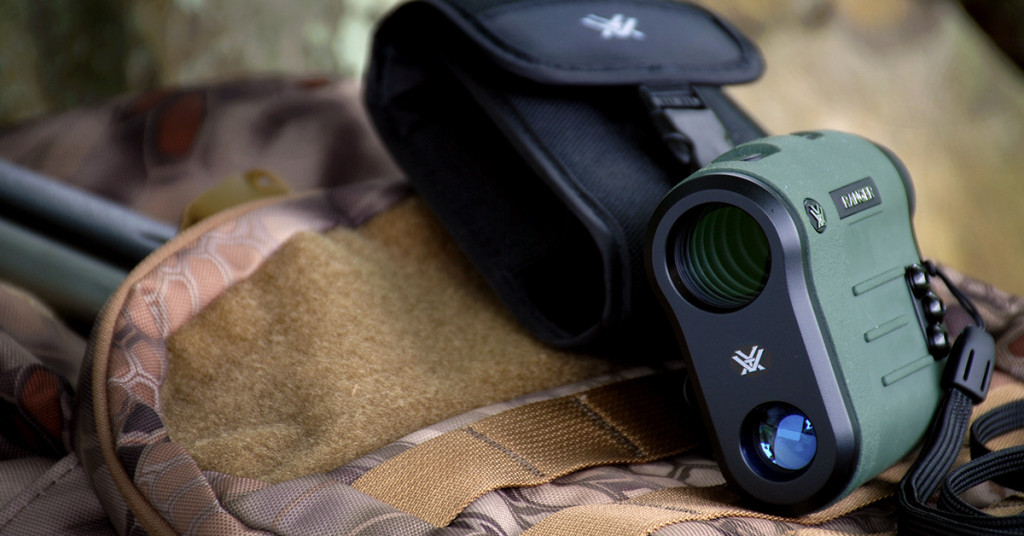
We’ve spent a lot of time using the Vortex Ranger 1500 across varying conditions and known distances, both under long-range rifle-shooting environments and close-quarter, high-angle bowhunting scenarios. From its robust design and optical clarity to its portability and easy-to-use menu, the Ranger 1500 delivers everything we want in a hunting rangefinder. That it comes at a price that doesn’t bust the wallet is just an added bonus.
EDITOR’S NOTE
As with all of their optics, Vortex Optics’ Ranger 1500 comes with the company’s sterling VIP warranty. This warranty includes a no-charge repair or replacement policy in the event that the optic becomes damaged or defective.
SOURCE
article copyright © 2016 HuntDaily.com; promoted by Vortex Optics

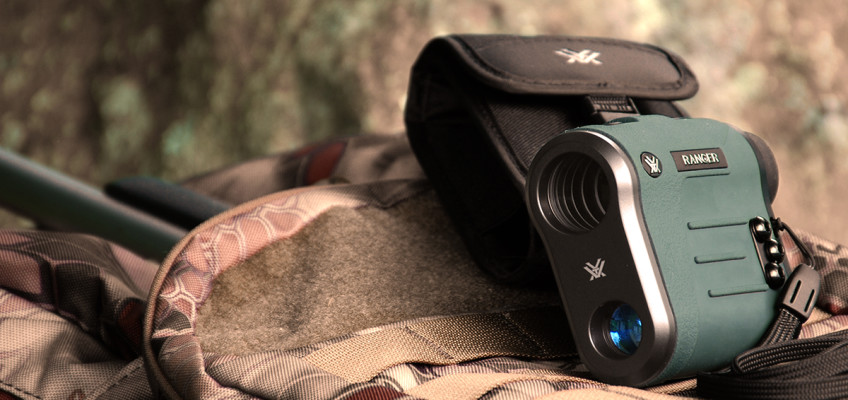
Leave a Reply